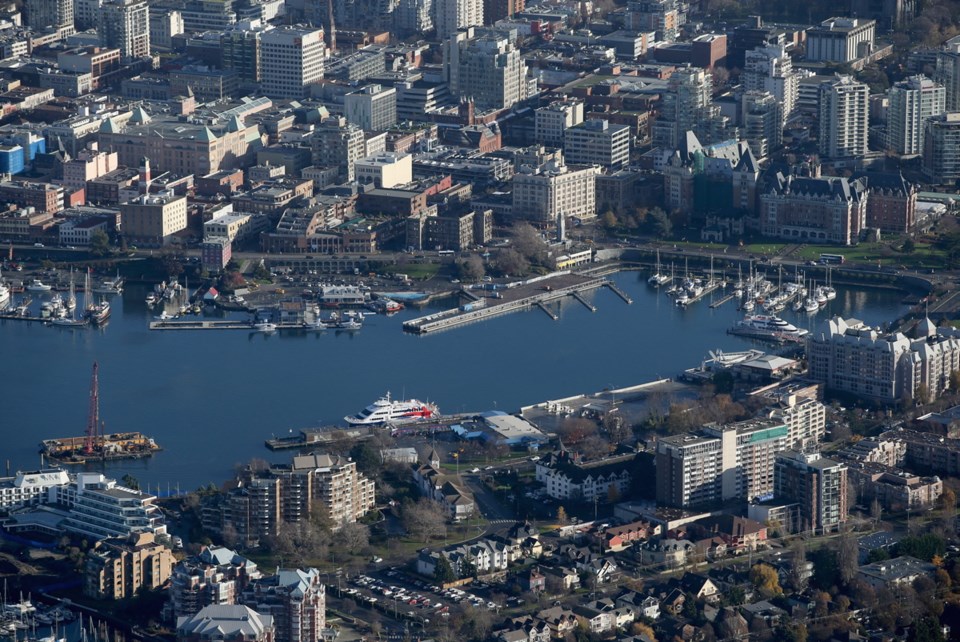The province’s plan to get people back to work, unveiled Wednesday by Premier John Horgan, offered a few rays of hope as far as Victoria’s business community is concerned.
Reaction to the phased-in approach, which could see a variety of businesses — including restaurants, salons and medical services — opened up in the next two weeks ranged from relief to concern.
“We are encouraged by what we saw,” said Catherine Holt, chief executive of the Greater Victoria Chamber of Commerce. “We see it as a green light for a number of businesses to get themselves back in action as long as they meet WorkSafe B.C. guidelines.”
Businesses and affected sectors will be required to establish safety guidelines that take into account the measures the province has been advocating throughout the pandemic.
Those include social distancing, increased safety equipment and barriers, improved cleaning regimens, accommodating higher-risk populations and ensuring employees are taking care of themselves and not coming to work when showing cold, flu or COVID-19 symptoms.
In releasing the plan, Horgan said it’s clear the province is hurting and needs to rebuild.
“When we get down to the basics, I’m concerned that 400,000 British Columbians have applied for the Emergency Worker Benefit program that we’ve had open for the past five days or six days today,” he said.
“Four hundred thousand British Columbians are out of work. That’s a big challenge. It’s going to take time to absorb those workers back into the economy.”
Holt said she hopes there are a lot of businesses able to open and provide services in the next few weeks.
“That goes a long way to making us feel we are back in a functioning economy,” she said, though, she pointed out, that does not take into account the hard-hit tourism sector.
“But at least we can see how many of our businesses now can get themselves functioning again and back to something approaching viable numbers.”
The province is not prepared to consider international tourism until there’s a vaccine, a treatment or widespread immunity.
Destination B.C., which markets the province to the world, has said it’s likely the provincial tourism industry will lose 130,000 jobs and drop $16.8 billion in revenue as a result of COVID-19.
According to the province, last year the tourism industry accounted for $21.5 billion in combined revenue, employed 166,000 people and provided $1.8 billion in tax revenue.
Paul Nursey, chief executivec of Destination Greater Victoria, said they are trying to remain optimistic.
Nursey’s organization has released data showing the pandemic could cost the region $1.4 billion in visitor spending and as many as 22,500 jobs.
“I’d like to acknowledge the good work that’s been done on the health front because without that we wouldn’t even be in the position to be [talking about reopening the economy],” he said. “From a tourism perspective, we expect [recovery] will be very slow and gradual.”
Nursey’s organization has suggested as many as 30 per cent of all tourism industry businesses may not reopen as a result of COVID-19.
He pointed out that some have started to adapt. Butchart Gardens and some whale-watching outfits, for example, have been looking into operating with new social distancing rules and barriers.
That may expand to other businesses with the new provincial plan in place.
“Yes, it hurts and we will have to come up with contingency plans,” he said, noting the province has suggested large meetings and conventions could be off the table until next year.
Nursey said Destination Greater Victoria plans to release a roadmap for the next 18 months to its membership in the coming weeks.
“But the reality is if this sector is going to survive it will need support,” he said.



